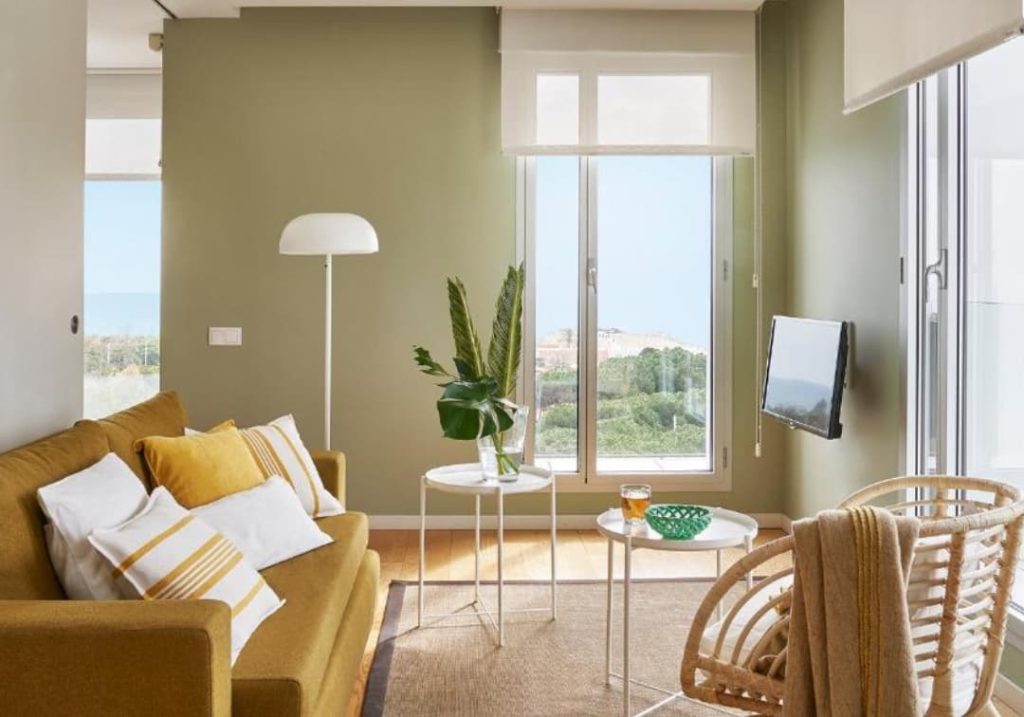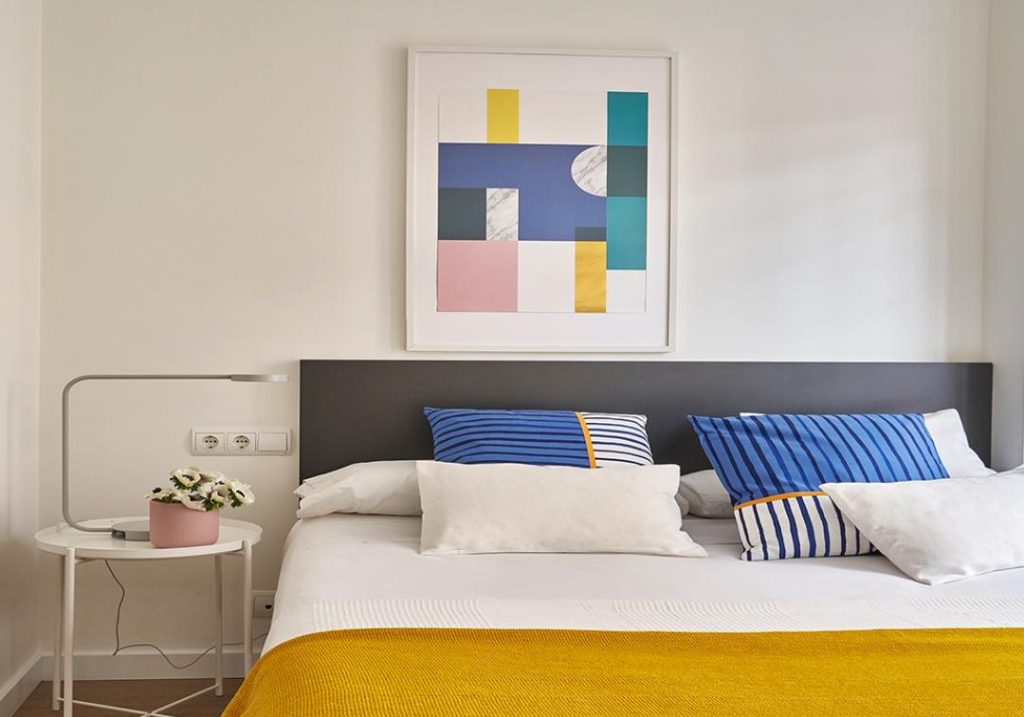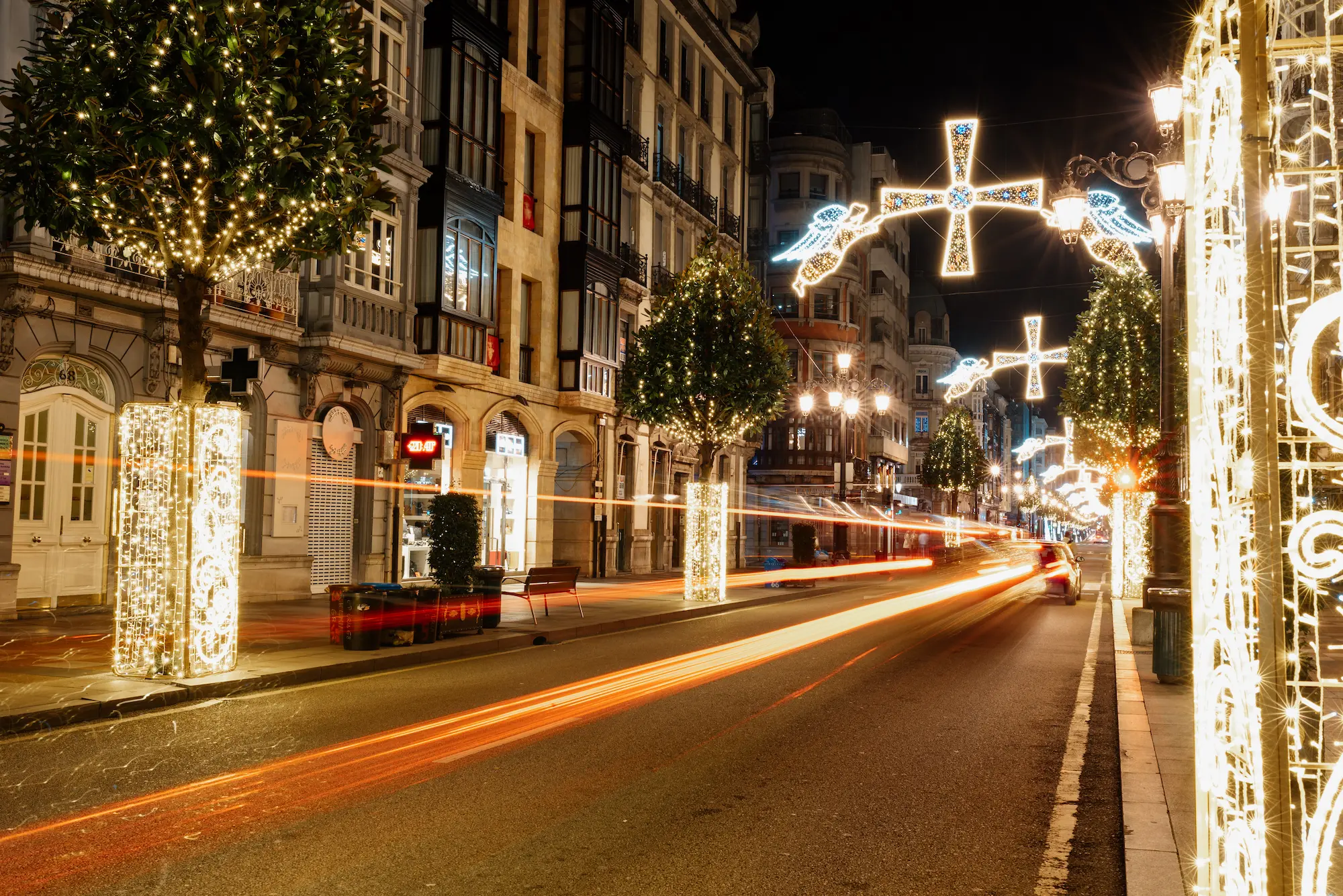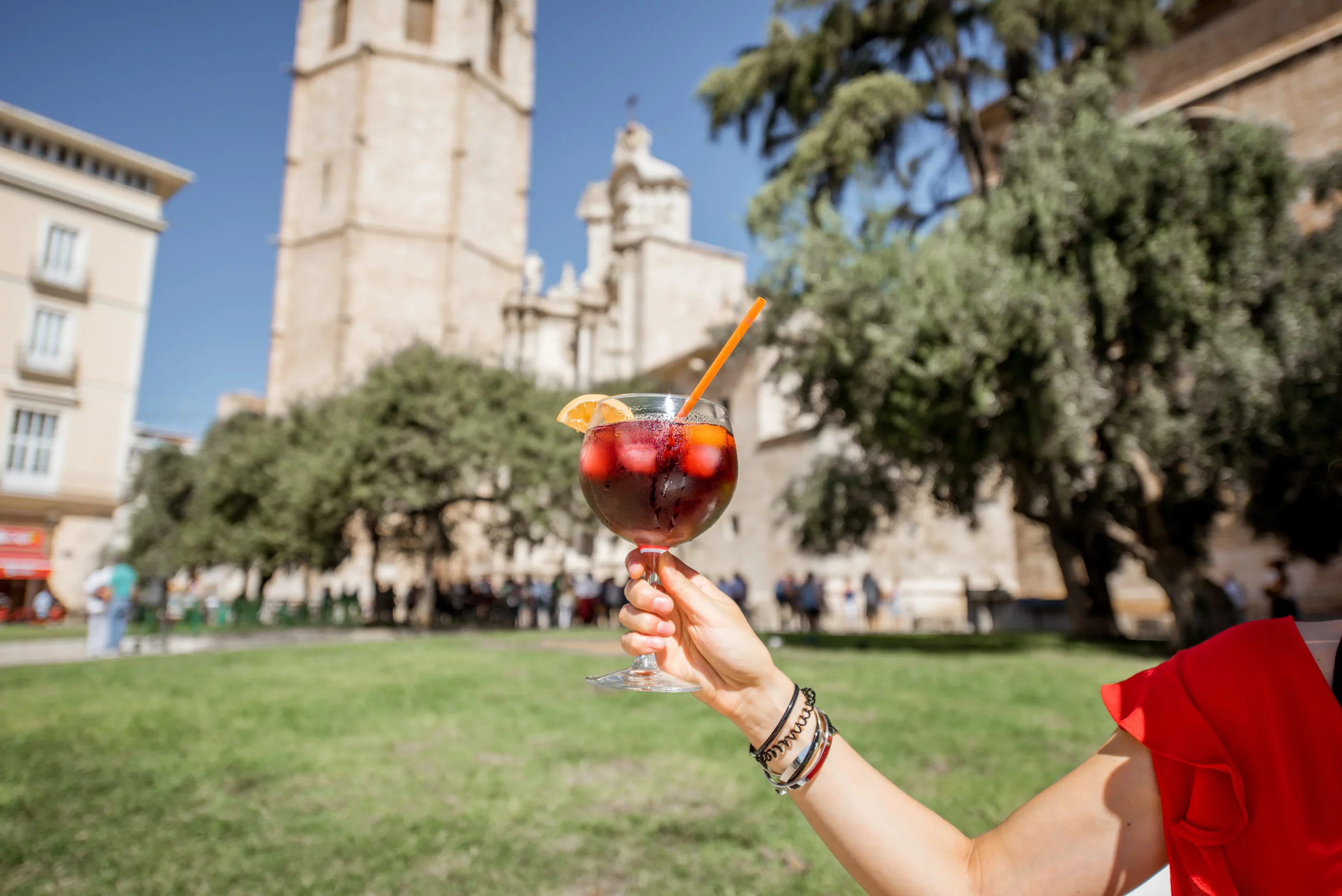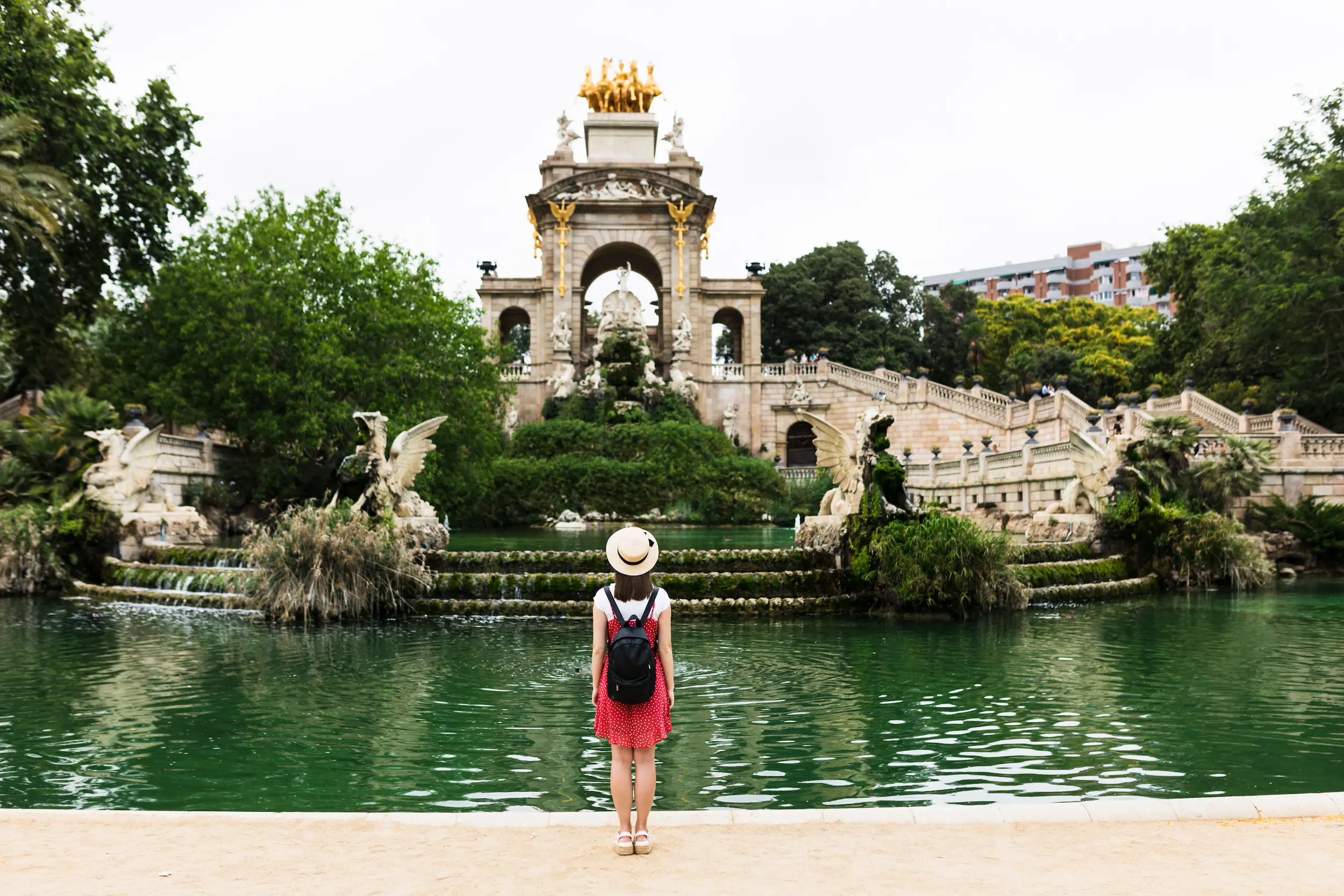- 1 THE HISTORY OF CARRER DE TALLERS STARTS BEYOND THE CITY WALLS
- 2 LEGENDS OF WIZARDS AND SORCERERS
- 3 THE FIRST BROTHELS OF BARCELONA
- 4 CARRER DE TALLERS SAW THE BEGINNING OF THE INDUSTRIALIZATION OF THE CITY
- 5 THE RAVAL VAMPIRE WAS HERE
- 6 A SINGLE BUILDING ON THIS STREET HAS BEEN A CONVENT, FACTORY, MILITARY HOSPITAL AND CHURCH
- 7 TWO ATTACKS IN THE SAME BUILDING
- 8 THE SHOPS ON CARRER DE TALLERS, FROM MUSICAL HEAVEN TO VINTAGE PARADISE
- 9 BARS WITH A SKATEPARK AND ODES TO ANARCHISM
If you have ever walked down the Ramblas of Barcelona, you will have noticed a street that goes into the Raval neighborhood, very close to Plaça de Catalunya. Although it is now dotted with clothing stores and cafés, it has had a prominent place in history. Having always been linked to the low life of the city, it has carried that air of mystery with it until today. Do you want to know some fun facts about Carrer de Tallers in Barcelona? When staying at our Barcelona apartments near the beach, do not forget to take a walk on this historic street when you visit the city center, and impress the rest of your group with some of these anecdotes.
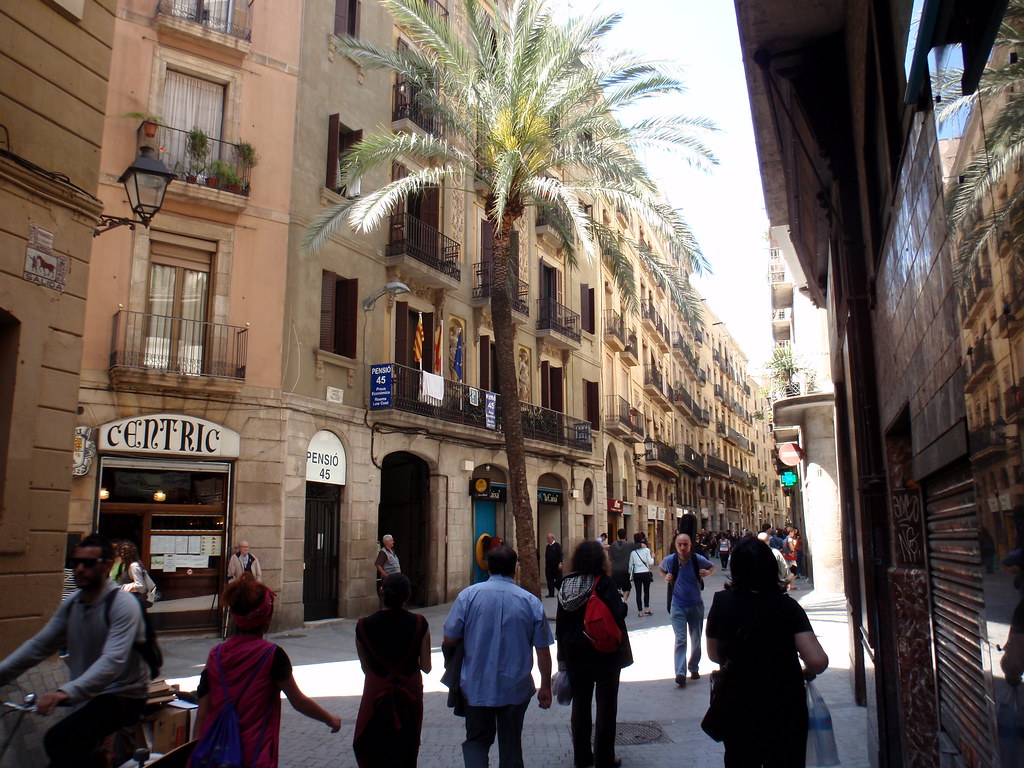
THE HISTORY OF CARRER DE TALLERS STARTS BEYOND THE CITY WALLS
Although it is a busy semi-pedestrian street nowadays, in the 11th century it was the main road that connected the center with the current neighborhoods of les Corts and Sarrià. With the reign of Jaume I, this road was left outside the medieval walls and was farming land for a long time.
With the growth of the walled city, this street began to locate some craftsmen and workers who needed to settle far from the most urbanized areas. On the one hand, potters built their ovens in this street and, on the other, the butchers also settled in this place to be able to work without interfering in the healthiness of the center. In addition, the water of the torrent that went down the Ramblas also greatly facilitated their work and life.
It is said that the name Tallers was coined in reference to one these two jobs that were established here during the fourteenth century and has nothing to do with the existence of craft in the area (taller means craft workshop). In fact, it is believed that it can be either an evolution of the word ‘teyers’ (potter, in old Catalan) or due to the fact that butchers, who also worked leather, were called ‘tallers’ or ‘ostallers’ (cutters, in Catalan) as what they did was actually cut. Be that as it may, today is the only street of Raval that retains its trade name.
LEGENDS OF WIZARDS AND SORCERERS
During medieval times, certain groups of people were banished outside the city walls and were frowned upon, such as butchers or rope makers. While the ‘tallers’ or butchers were repudiated for being in charge of executing those sentenced to death in the absence of the executioner, it was believed that the ropemakers were cursed for being the makers of the ropes used for the gallows, although the reality was that they had to work outside the walls because there was no space to work on their material on the narrow streets of the city.
The inhabitants of medieval Barcelona spread rumors that said that rope makers had tails or spit worms. In addition, it is believed that, as they made their ropes with hemp, it could have an effect on their mood, so it is said that they themselves believed they had powers.
THE FIRST BROTHELS OF BARCELONA
The dark history and fun facts about Carrer de Tallers do not end here. With the growth of medieval Barcelona, King Joan I established the rule of not allowing prostitution or “public women” near the convent of Santa Anna. Because of this prohibition, it is said that the first brothels in Barcelona were built on this street.
CARRER DE TALLERS SAW THE BEGINNING OF THE INDUSTRIALIZATION OF THE CITY
Two centuries after being incorporated into the city walls, Carrer de Tallers witnessed the beginning of industrialization. In 1833, the Bonaplata factory was built, the first textile factory to operate with steam energy. In spite of this, it was burned during the first Carlist war, during riots that are known as bullangues.
Testimony of this era is the Tarrés factory, owned by one of the most important potters of the 19th century. Although there are only archaeological remains of the clay pools and mills, this businessman’s house is still standing, and is classified as a Cultural Property of Local Interest.

THE RAVAL VAMPIRE WAS HERE
If you like reading about the legends and mysteries of Barcelona, you will have surely heard about Enriqueta Martí, or the Raval vampire. Although much of the story, which says that she killed a dozen children to sell their blood, is invention; her activities as a pimp have been proven. Thus, bones and hair of two girls were found in a flat located over what is now the The Shamrock pub. However, it is believed that during her stay in this house, Enriqueta could have shaved the heads of the children to avoid lice and the bones were actually of animal origin, not human remains as the press in 1912 published.
A SINGLE BUILDING ON THIS STREET HAS BEEN A CONVENT, FACTORY, MILITARY HOSPITAL AND CHURCH
In the 18th century, the Pares Paüls (Congregació de la Missió) convent was built next to the bastion at the end of Carrer de Tallers. During the French occupation of the 18th century it became a military hospital and, once the army left, it was transformed into the Royal Tobacco Factory during a brief period. However, it continued to operate as a military hospital even after the Spanish Civil War, at which time it became a prisoner of war depot, a place where the wounded Republican prisoners could recover. The part of the convent was demolished in the 40s, and nowadays only the parish of Sant Pere Nolasc remains standing, of which a semi-spherical dome decorated with colored ceramics stands out.
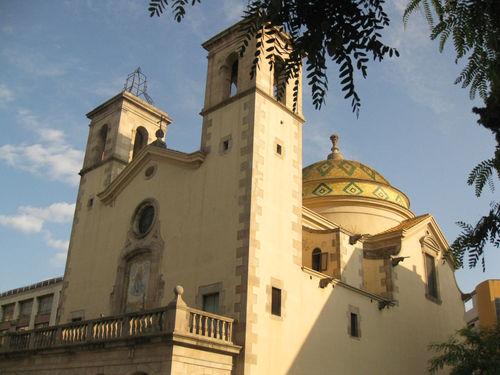
TWO ATTACKS IN THE SAME BUILDING
The Luminor building was built in rationalist style in the 50s, in the place where the aforementioned convent used to stand. This was where satirical magazine El Papus was located. In 1977, it suffered an attack by the far-right fascists, whom were very active and violent at this time. The result of the explosion of a bomb was one dead and several people seriously injured.
Seven years later, another attack occurred. This time at the INEM office, where the Holala store is located today. It was perpetrated by the terrorist group Terra Lliure, which blew up an explosive device in the place. However, nobody was harmed.
THE SHOPS ON CARRER DE TALLERS, FROM MUSICAL HEAVEN TO VINTAGE PARADISE
Once the dictatorship was over, Carrer de Tallers was the place chosen by young people to go out and find their own space. With the rise of urban tribes, many punk, metal and Gothic stores opened their doors. This was also the ideal place to buy instruments and all kinds of vinyl. Of all of them, nowadays only the legendary Revolver record store is left, Discos Castelló closed recently. In addition, in recent times many of the businesses have been converted into vintage stores, some of which even sell clothing by weight. Among them is Flamingos Gallery, which has the privilege of being on our list of most beautiful shops in Barcelona.
Today you will also find numerous sports stores and places where you can get a tattoo or piercing.
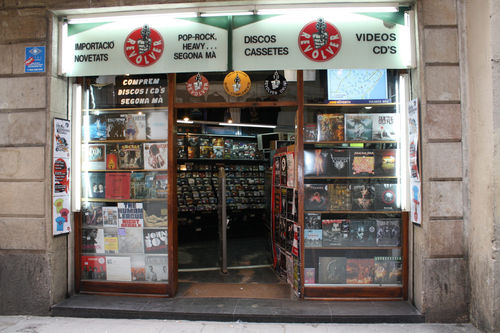
BARS WITH A SKATEPARK AND ODES TO ANARCHISM
In this list of fun facts about Carrer de Tallers we could not forget some of the coolest bars in Barcelona, some of which are on this street. The free and indomitable spirit that predominated in the 70s and 80s is still alive in this street in Nevermind, an ideal bar for rock and punk lovers. With an underground aesthetic, at the end of the bar you will find a skatepark where you can practice your skateboarding skills. On the other hand, La Llibertària will take you on a walk through the most anarchist history of Barcelona. In a cozy atmosphere, you will find tributes to the revolutionary figures of the city and various objects that are already living history of the city, such as the first piano that was played at El Molino, mythical venue of the Parallel of Barcelona.
Now that we have explained some fun facts about Carrer de Tallers, do you know about any more? Do you have any questions about these fun facts? Do not hesitate to leave a comment!
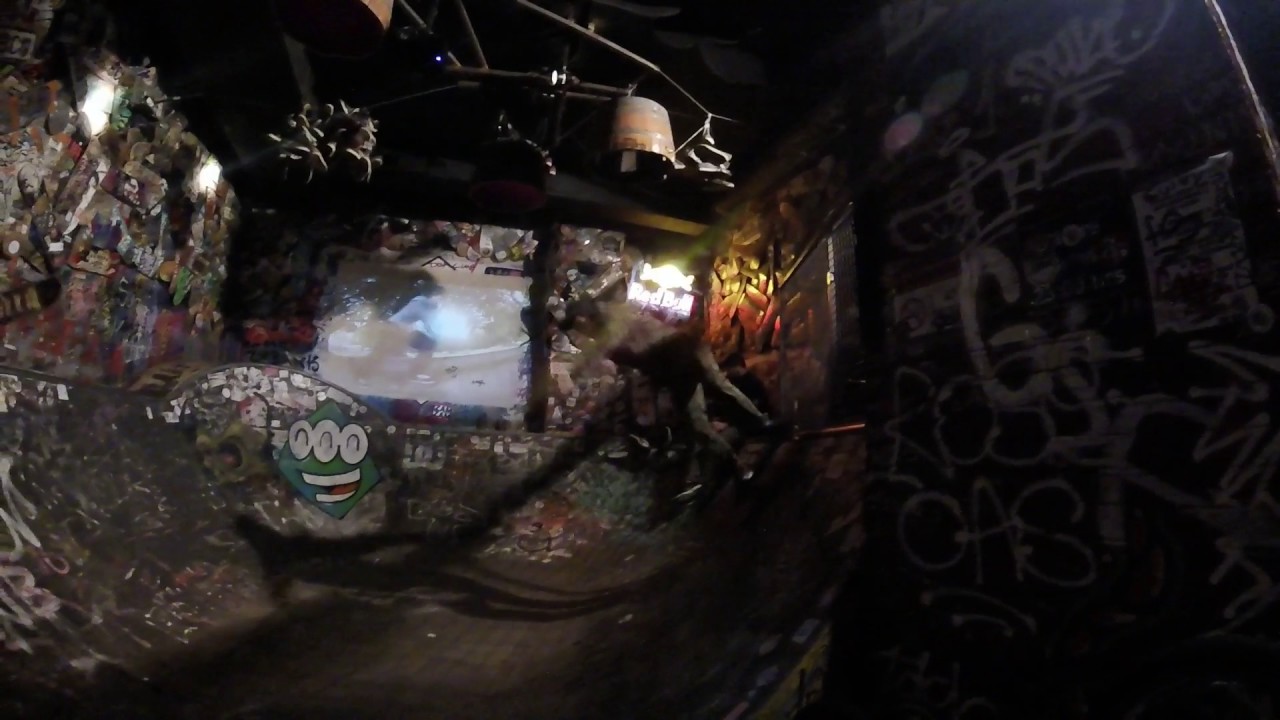
MORE INTERESTING STUFF
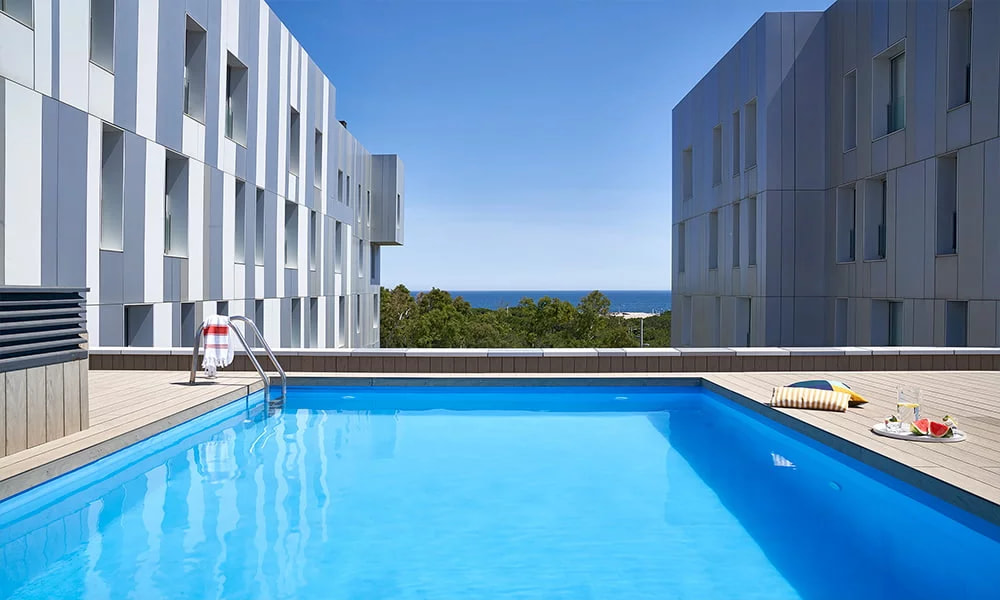
Holiday apartments by the beach in Barcelona
Since 2010, Lugaris Apartaments has been offering you the best holiday rental flats in Barcelona, perfect for a family holiday, with friends or as a couple, or for medium-term stays.
You can choose between apartments near the beach in Barcelona, at Lugaris Beach, with sea views, 2 swimming pools (one for adults and one for children) and capacity for up to 6 people, and the Lugaris Rambla flats, located on the Rambla de Poblenou and just 300 m from Bogatell beach, with a balcony or terrace of up to 22 m2 and ideal for couples or families and groups of up to 5 people. All our luxury flats in Barcelona are air-conditioned and equipped with all the appliances, furniture and bed linen you will need during your stay. They also have satellite TV and free high-speed Wi-Fi connection, as well as a safe and a 24-hour private security service.
What’s more, when you make your booking, you can reserve many other additional services: international press in your flat, parking space, transfer service to and from Barcelona airport, bicycle hire, supermarket shopping, museum, sports and show tickets, babysitting service and much more.
For more information, contact Lugaris Apartments without obligation.

